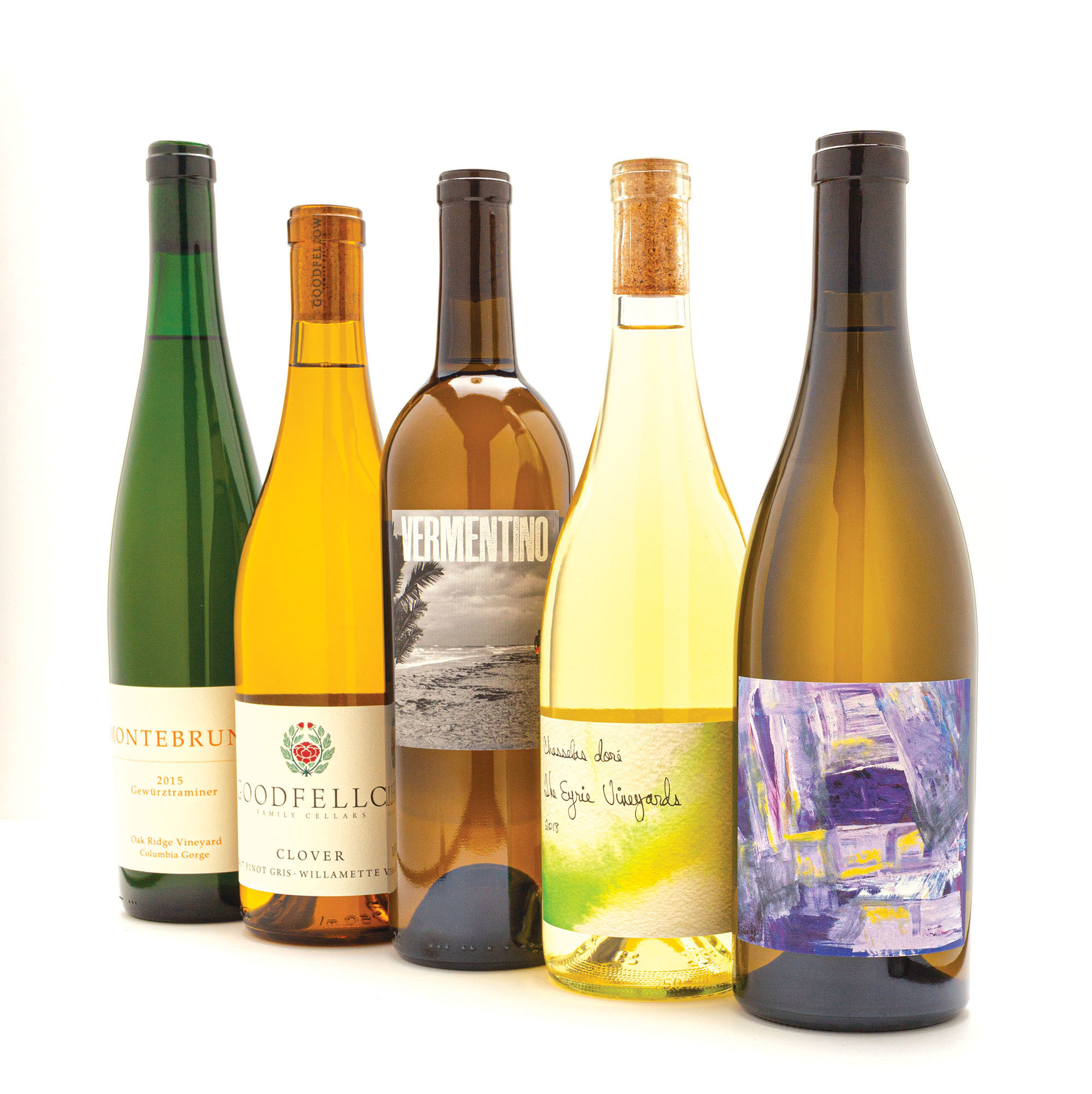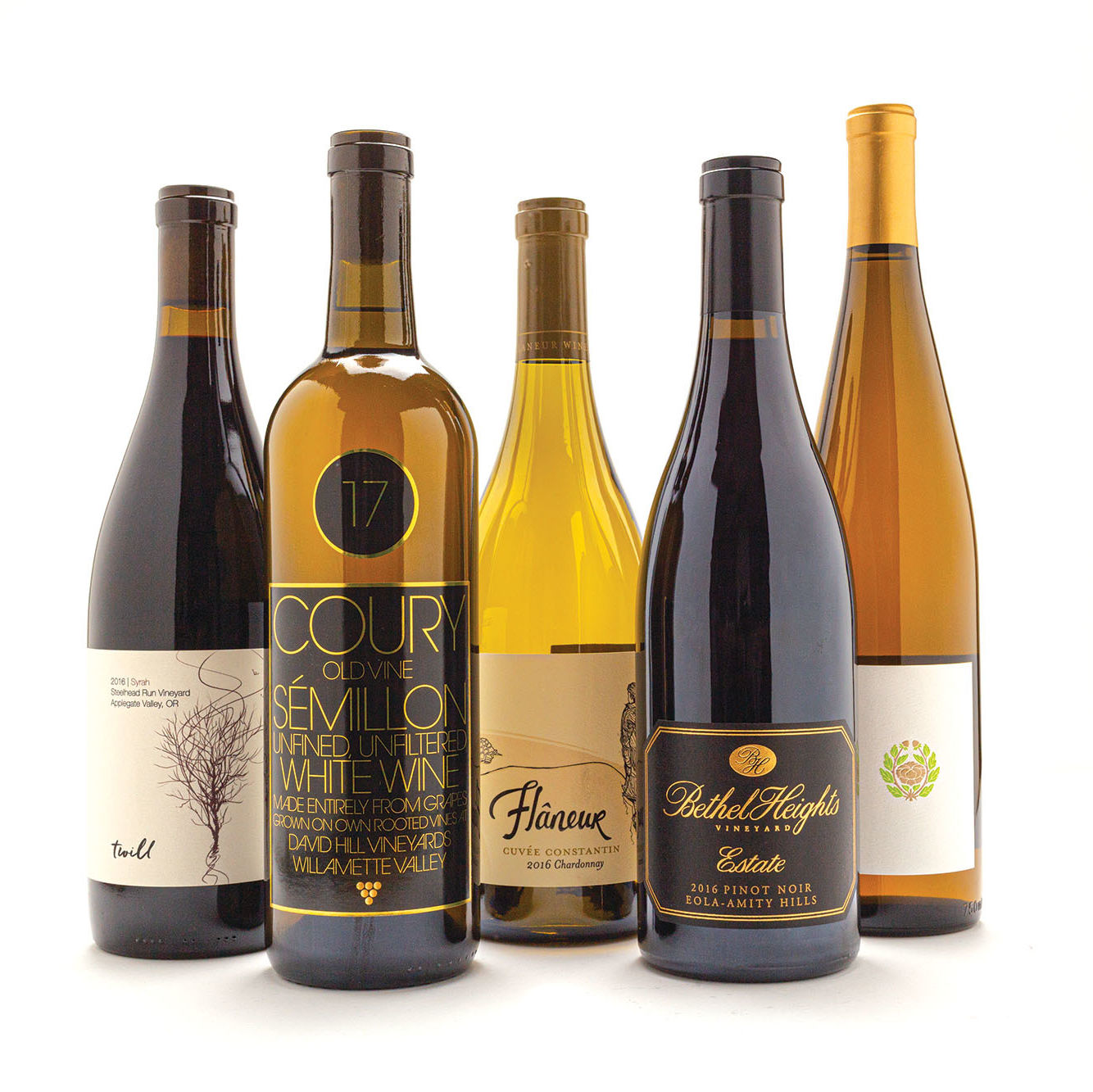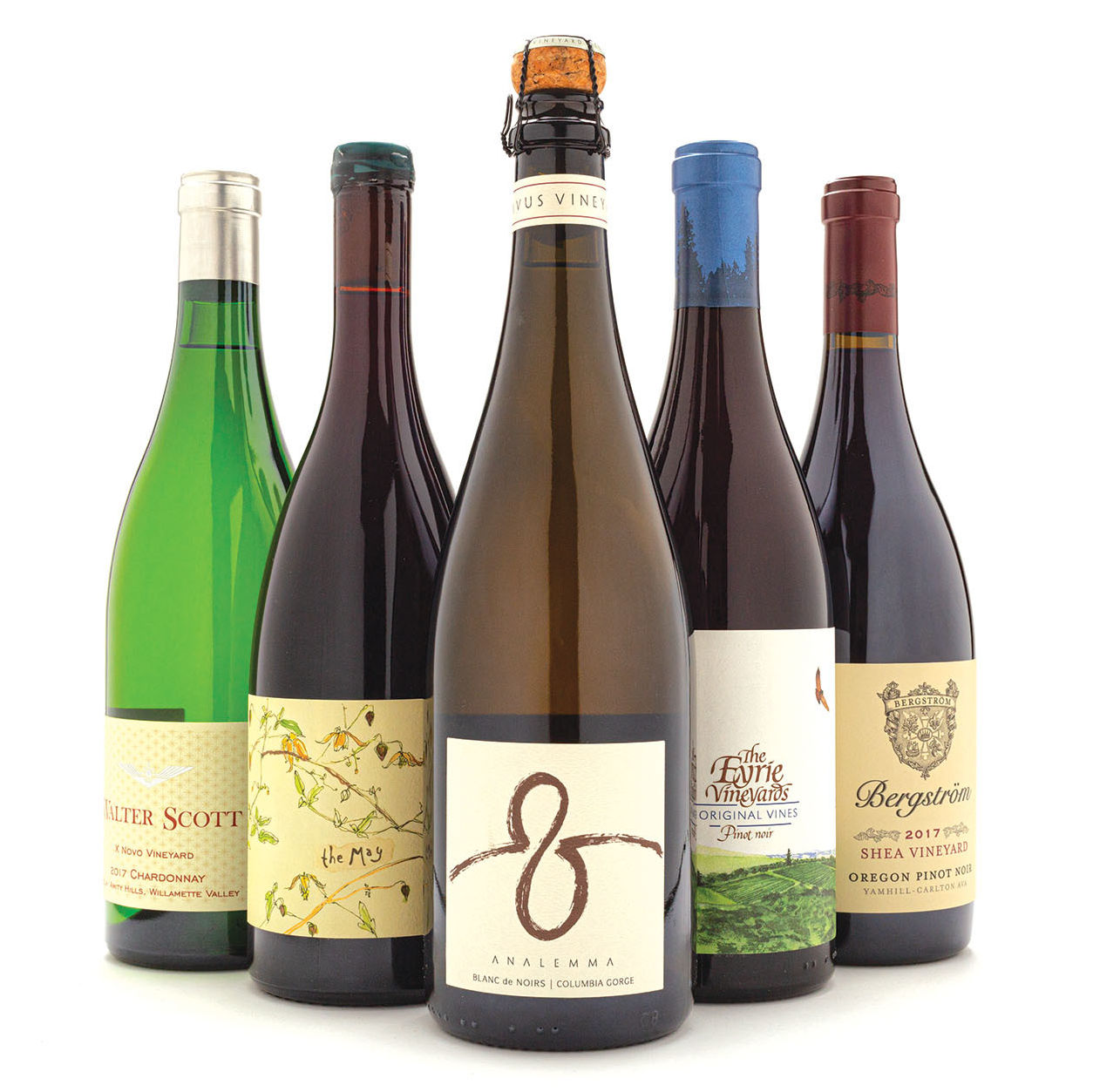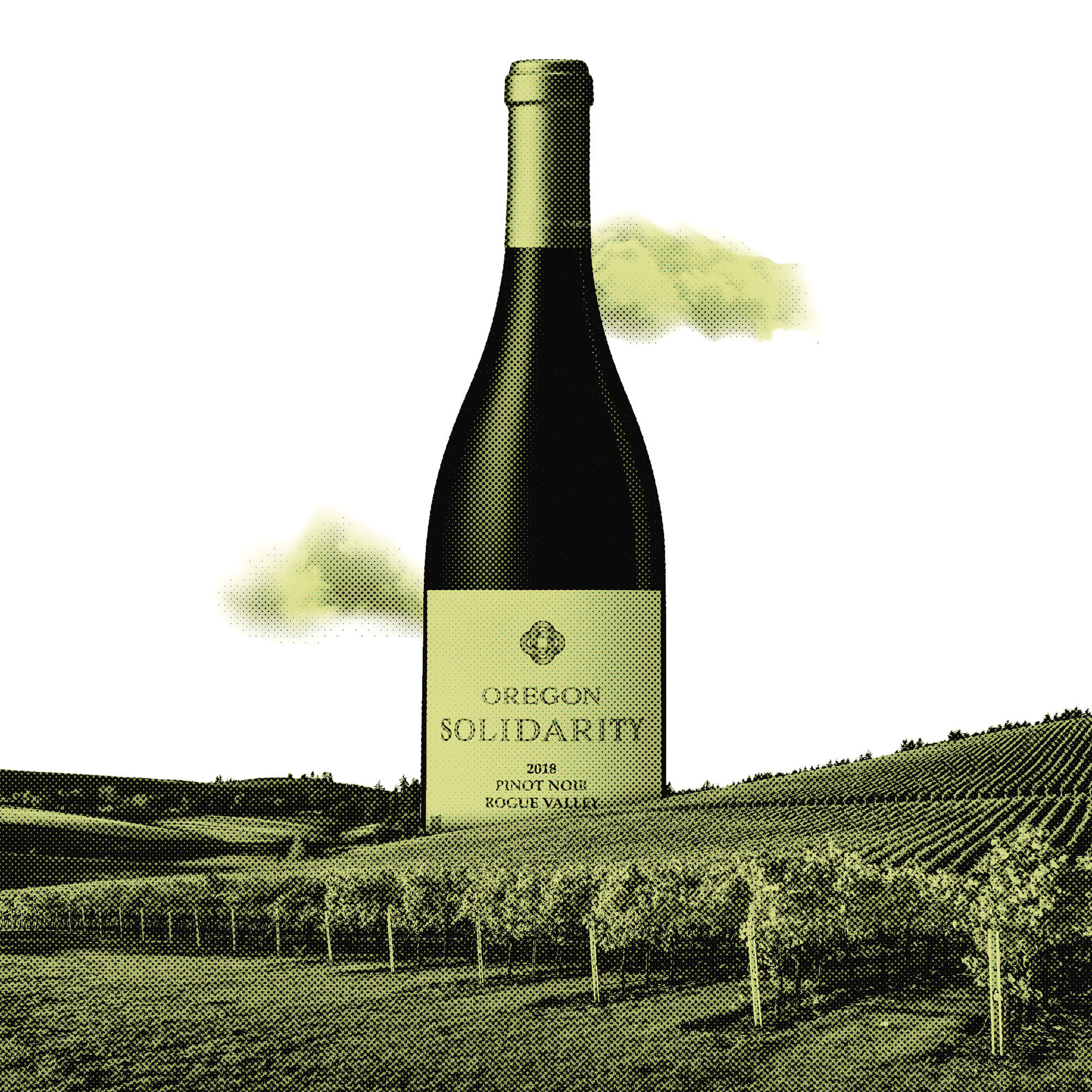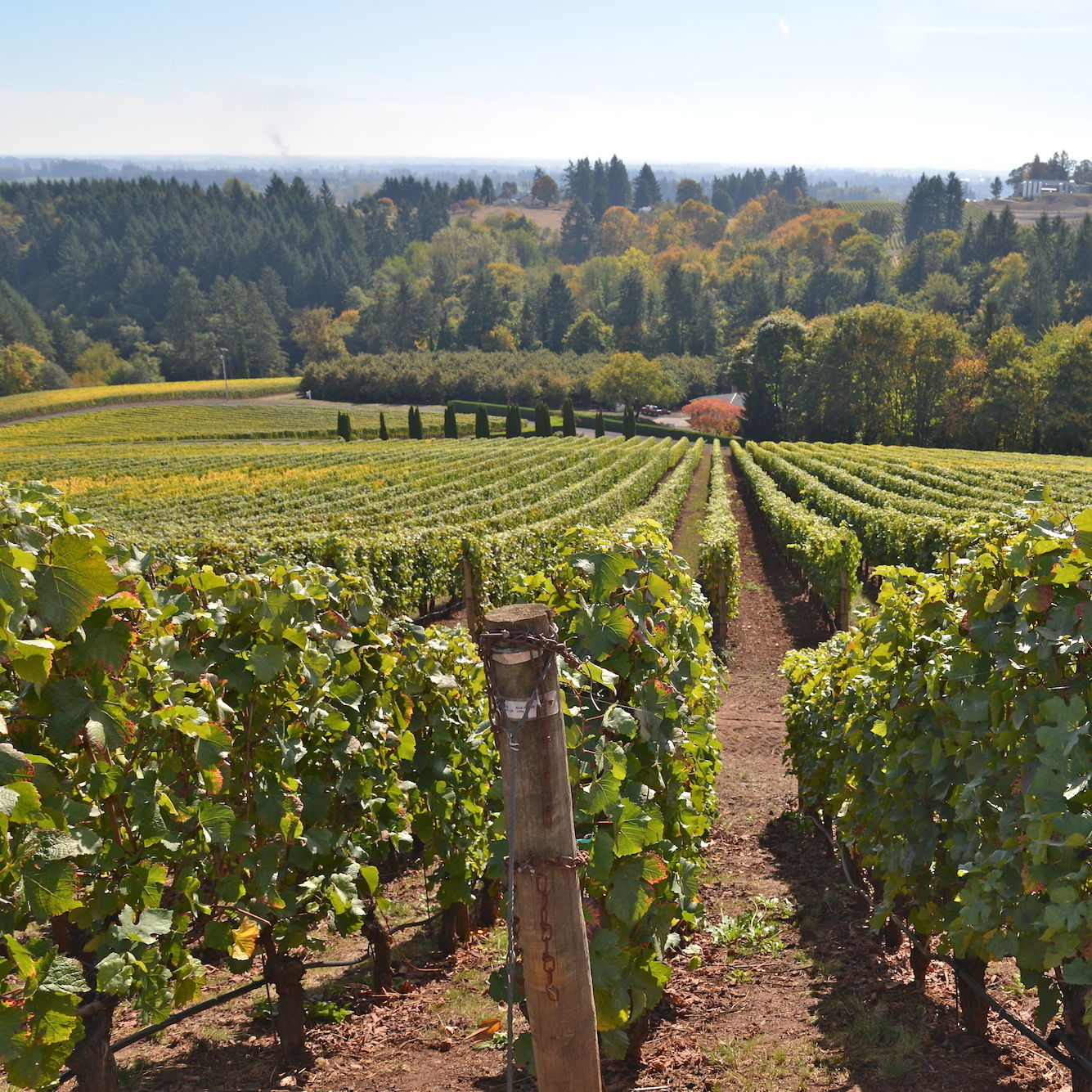Meet Oregon’s Likely Next Class of Official Wine-Growing Regions

An Oregon vineyard
Across Oregon, wine country is divided into 19 distinct American Viticultural Areas—federally recognized grape-growing regions—from the Rogue Valley to the Rocks District of Milton-Freewater. Official AVA status is coveted by winemakers to better market the unique terroir (soil and climate conditions) of their products. In the next year or so that wine map may grow, as the federal Alcohol and Tobacco Tax and Trade Bureau weighs approval for new Oregon AVAs within the larger Willamette Valley AVA. This sort of specialized branding, advocates say, is how Oregon wine achieves Burgundy-level prestige.
VAN DUZER CORRIDOR AVA
Status: Approved December 2018
Location: Northwest of Salem, west of the Eola-Amity Hills AVA
Size: 96 square miles
Notable wineries: Firesteed Cellars, Johan Vineyards
The Van Duzer Corridor—a funnel of cool coastal air that reaches the Willamette Valley—is the unique marine influence shared by the 18 vineyards operating in Oregon’s newest AVA. It’s extra climate control that thickens grape skins and concentrates flavors.
MOUNT PISGAH, POLK COUNTY AVA
Status: Approval pending (target: late 2019)
Location: Foothills near Dallas, 15 miles west of Salem
Size: 9.1 square miles
Notable wineries and vineyards: Illahe Vineyards, Freedom Hill Vineyard
If approved, this would be the state’s third-smallest AVA—and home to the Willamette Valley’s oldest soils: Siletz River volcanics dating back around 56 million years. Think extra-earthy wines packed with minerality.
LOWER LONG TOM AVA
Status: Approval pending (target: early 2020)
Location: Junction City area between Corvallis and Eugene
Size: 40 square miles
Notable wineries and vineyards: Antiquum Farm, Brigadoon Vineyards
This rolling terrain, sheltered by nearby Prairie Mountain, boasts Bellpine soil: a shallow, marine sedimentary type that challenges vines—predominantly pinot noir, pinot gris, and pinot blanc—to dig deep for nourishment, developing complex flavors and added tannic structure. Expect more chenin blanc and pinot meunier here going forward.
LAURELWOOD DISTRICT AVA
Status: Pending (target: early 2020)
Location: Near Newberg along the Chehalem Mountains
Size: 54 square miles
Notable wineries and vineyards: Ponzi Vineyards, Raptor Ridge, Dion Vineyard
These foothills are known for iron-rich Laurelwood soils—minerals imparting brightness and spiciness to pinot noir, chardonnay, and Grüner Veltliner.
TUALATIN HILLS AVA
Status: Pending (target: early 2020)
Location: Bordering the Tualatin River, near Forest Grove
Size: 178 square miles
Notable wineries and vineyards: Apolloni Vineyards, David Hill Vineyards
A drier take on Laurelwood soils: Tualatin Hills’ rain shadow means slightly cooler temperatures and brambly-flavored pinot noirs.


